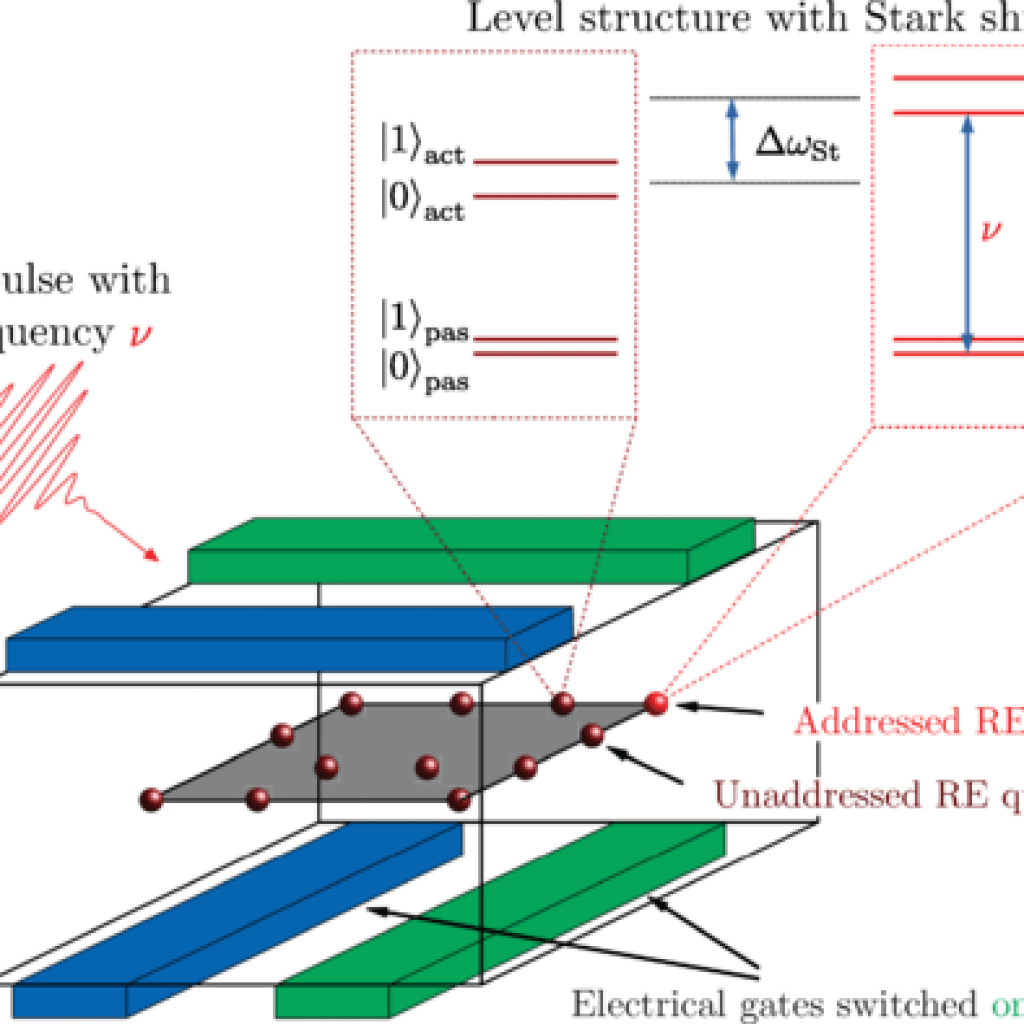(By Becky Bracken) Researchers report they’ve made a breakthrough — creating qubits out of rare earth ions, which they say are faster, and as a result, more stable than its counterparts made from semiconducting materials.
The team of researchers from the Paul Scherrer Institute led by Manuel Grimm demonstrated in their new report how they can run quantum computing operations in a magnetic solid with qubits residing on individual atoms of rare earth elements which then could be selected precisely and implanted in the material’s stable, long lasting natural crystal lattice structure.
“With this, an entirely new kind of computation and data processing becomes possible, which for specific applications means an enormous acceleration of computing power,” explains PSI researcher Manuel Grimm, first author of a new paper.
The researchers have determined that based on the principles of quantum physics they can measure the nuclear spin of the RE atoms, making them able to carry information. They then applied targeted lasers to stimulate the atom’s electrons to communicate with other atoms. The measurement of both of those atoms in relation to one another, or their “entanglement” is the basis of quantum computing.
“Nuclear spins and electronic crystal-filed excitations of rare earth ions in insulating crystals have a long history of exploitation of quantum science and technology,” the study, called Universal Quantum Computing Using Electronnuclear Wavefunctions of Rare-Earth Ions explained. “Here we show that they are ideal qubit hosts for a programmable quantum processor, and we propose a scheme to implement a universal set of quantum gates between them.”
These qubits built from RE ions can produce logic gates, like those in classic computing. And while the idea of quantum-based logic gates isn’t new, the researchers explained, their approach achieves far better results.
RE Ion Qubits are 10-times Faster, More Stable
“Our method of activating and entangling the qubits, however, has a decisive advantage over previous comparable proposals: It is at least ten times faster,” Grimm said. And the longer it takes to activate the qubits, the more error-prone the calculation.
“Qubits are not very stable. If the entanglement processes are too slow, there is a greater probability that some of the qubits will lose their information in the meantime,” Grim said.
The idea of qubits made from rare earth atoms is a departure from existing methods and opens a promising new frontier for quantum computing researchers. Some methods create qubits from “a few dozen ions of rubidium or ytterbium, trapped in a vacuum chamber by time varying electromagnetic fields,” a Physics World essay by a trio of researchers in 2019 explained. “Other systems use lithographically patterned superconducting circuits kept at millikelvin temperatures in dilution refrigerators.”
Another approach is to build quantum processors the same way one would construct a microprocessor using complementary metal-oxide-semiconductor (CMOS) technology.
Using RE ions to manufacture qubits is yet another marker in the global race to building quantum computers at scale. For their part, Grimm and his team at PSI said they are ready to start running experiments based on their findings.
“We suggest that rare-earth ions implanted in isotopically enriched silicon could meet the requirements for a manufacturable quantum processor,” the paper explained. “Here, as for other platforms, hybrid architectures including photonic cavity resonators will need to be explored for efficient coupling of photons to the individual qubits.”
You can also follow us on Twitter and on Linked-In
LinkedIn: Inside Quantum Technology
Twitter: @InQuantumTech
